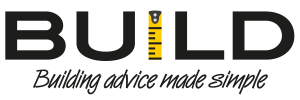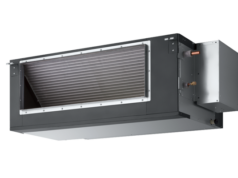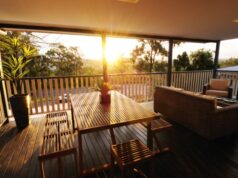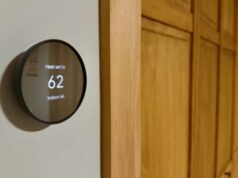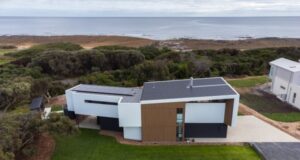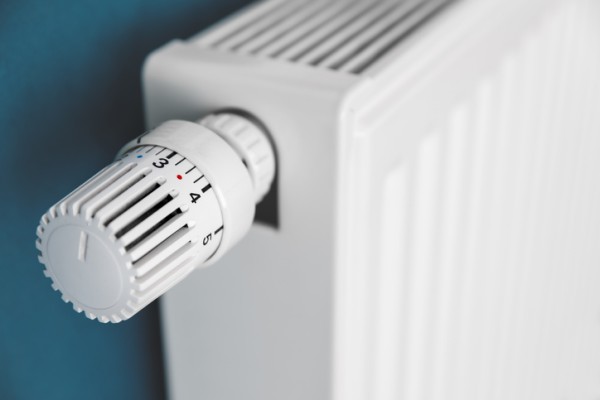
When choosing the right heating system for your home, upfront cost is only part of the story. Ongoing running costs—how much it costs to operate a heater day-to-day—can vary dramatically depending on the type of heater, energy efficiency, local climate and energy tariffs.
Here’s a breakdown of what you can expect to pay in 2025 to keep your home warm, plus tips to help you save.
What affects heating costs?
Several factors influence how much you’ll pay to run your heater:
- Heater type – Gas, electric, reverse cycle, hydronic or wood.
- Energy efficiency – Star ratings, zoning capability and smart controls make a difference.
- Energy source & tariffs – Gas and electricity rates vary by region and provider.
- Climate zone – Homes in colder regions like Canberra or Ballarat need more energy to stay warm than those in Brisbane or Perth.
- Insulation and sealing – A well-insulated home needs less heating. Learn more in our guide to improving your home’s insulation.
Average heater running costs in 2025
Here’s what it currently costs to run common heating types in Australia (based on 30MJ/day or 8–10 hours/day use in winter):
| Heater type | Cost per hour (approx.) | Daily running cost | Notes |
|---|---|---|---|
| Reverse-cycle air con | $0.20–$0.40 | $1.60–$3.20 | Most energy-efficient electric option |
| Portable electric heater | $0.60–$0.90 | $4.80–$7.20 | High usage cost, low efficiency |
| Gas ducted heating | $0.55–$1.20 | $4.40–$9.60 | Efficient if zoned, depends on gas price |
| Gas space heater | $0.40–$0.85 | $3.20–$6.80 | Lower cost than ducted if heating one room |
| Hydronic heating | $0.40–$1.00 | $3.20–$8.00 | Comfortable but slower to heat |
| Wood heater (slow combustion) | $1.00–$2.00 | $8.00–$16.00 | Depends on firewood cost and quality |
Figures are based on 2025 energy tariffs: average electricity 30–35c/kWh, gas $1.80–$2.40/MJ, and firewood $250–400/tonne depending on region.
Most energy-efficient option?
A reverse-cycle air conditioner is the most efficient way to heat a well-insulated home in most Australian climates. They deliver 3–5kW of heating per 1kW of electricity used thanks to their heat-pump technology.
If you’re retrofitting or planning a new build, you can compare heating system types in our home heating guide or explore the pros and cons of reverse-cycle air conditioners.
Tips to reduce your heating costs
- Only heat the spaces you use – Zoning or using door seals helps keep heat where you need it.
- Upgrade to high-efficiency systems – Look for systems with high AS/NZS 3823 ratings.
- Improve insulation – See our articles on roof and ceiling insulation and wall insulation.
- Use timers and thermostats – Set systems to switch off overnight or when no one’s home.
- Seal gaps – Small leaks around windows or doors waste heat. Our draught proofing guide covers this in detail.
- Maintain your system – Dirty filters or blocked vents reduce performance and efficiency.
Planning for the long term
If you’re building or renovating, it pays to consider lifecycle costs, not just upfront purchase and install costs. High-efficiency systems may cost more initially but save you hundreds in yearly energy bills. Our guide on heating and cooling management explores how system planning affects comfort and cost.
You might also be eligible for hot water rebates or state-based energy efficiency incentives that help reduce your household energy footprint.
